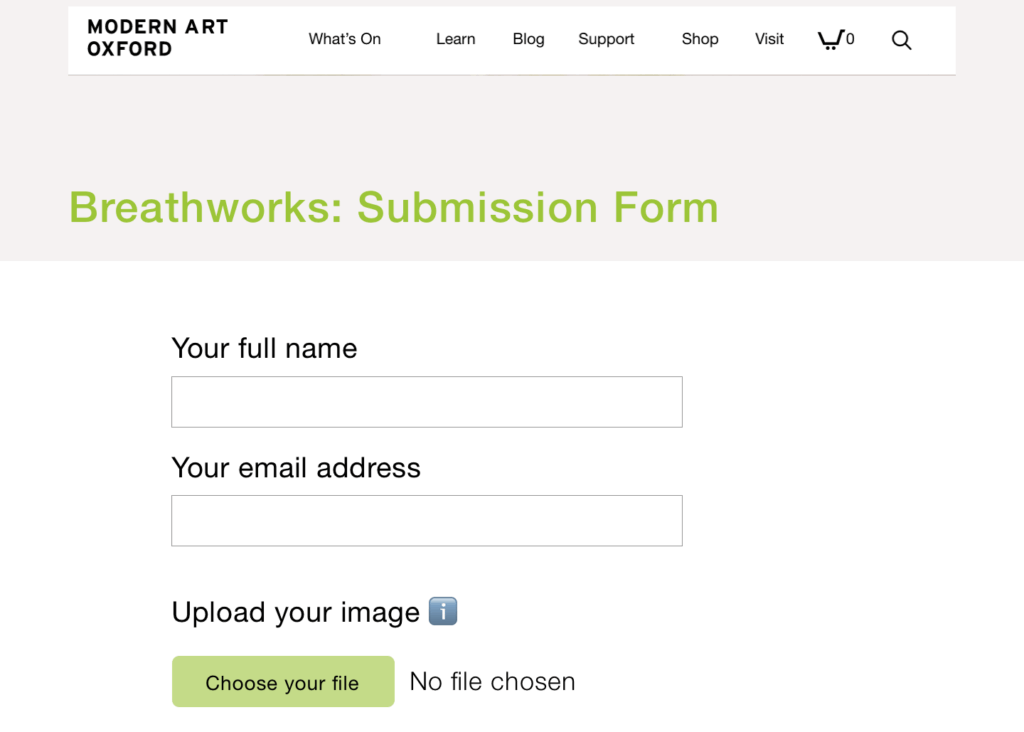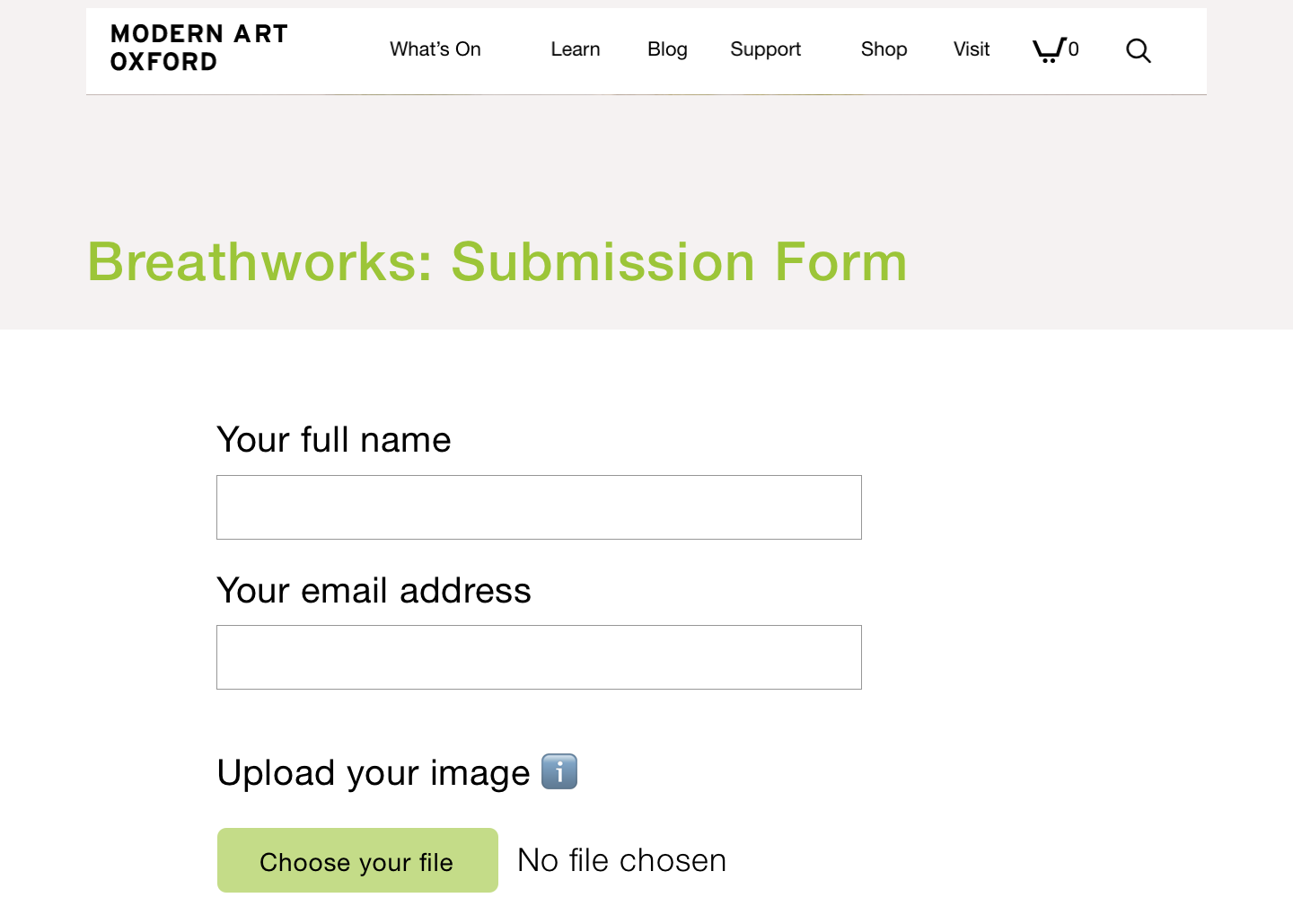
Unlocking Inner Peace and Enhanced Well-being: A Comprehensive Guide to Breathwork
In today’s fast-paced world, finding moments of tranquility and balance can seem like an elusive goal. However, one powerful and accessible tool for achieving inner peace and enhancing overall well-being lies within us: our breath. Breathwork, an ancient practice rooted in various cultures and traditions, is gaining increasing recognition for its profound impact on our physical, mental, and emotional states. This article delves into the depths of breathwork, exploring its benefits, techniques, and how you can integrate it into your daily life.
What is Breathwork?
Breathwork encompasses a variety of techniques that involve consciously controlling and manipulating breathing patterns. Unlike our automatic, unconscious breathing, breathwork encourages us to become aware of our breath and use it as a tool to influence our physiology and psychology. These techniques range from simple, calming practices to more dynamic and transformative methods.
The core principle behind breathwork is that our breath is intimately connected to our nervous system. By altering our breathing patterns, we can directly impact our autonomic nervous system, which controls vital functions like heart rate, blood pressure, and digestion. This influence allows us to shift from a state of stress and anxiety (sympathetic nervous system activation) to a state of relaxation and calm (parasympathetic nervous system activation).
The Science Behind Breathwork
The benefits of breathwork are not merely anecdotal; they are supported by a growing body of scientific research. Studies have shown that specific breathing techniques can:
- Reduce Stress and Anxiety: Deep, slow breathing activates the parasympathetic nervous system, promoting relaxation and reducing the production of stress hormones like cortisol.
- Improve Sleep Quality: Breathwork can calm the mind and body, making it easier to fall asleep and stay asleep throughout the night.
- Enhance Focus and Concentration: Certain breathing techniques can increase oxygen flow to the brain, improving cognitive function and mental clarity.
- Boost Energy Levels: Controlled breathing can optimize oxygen intake, leading to increased energy and vitality.
- Manage Pain: Breathwork can help to distract from pain signals and release endorphins, natural pain relievers.
- Improve Emotional Regulation: By connecting with our breath, we can become more aware of our emotions and develop greater control over our reactions.
Popular Breathwork Techniques
There are numerous breathwork techniques, each with its unique approach and benefits. Here are a few of the most popular and effective:
Diaphragmatic Breathing (Belly Breathing)
This simple yet powerful technique involves breathing deeply into the abdomen, allowing the diaphragm to expand and contract fully. It’s a foundational practice for reducing stress and promoting relaxation. To practice diaphragmatic breathing:
- Lie on your back with your knees bent and your feet flat on the floor.
- Place one hand on your chest and the other on your abdomen.
- Inhale slowly through your nose, allowing your abdomen to rise while keeping your chest relatively still.
- Exhale slowly through your mouth, allowing your abdomen to fall.
- Repeat for 5-10 minutes, focusing on the rise and fall of your abdomen.
Box Breathing
Box breathing, also known as square breathing, is a technique used to calm the nervous system and improve focus. It involves inhaling, holding, exhaling, and holding again, each for the same duration. Here’s how to practice box breathing:
- Inhale slowly through your nose for a count of four.
- Hold your breath for a count of four.
- Exhale slowly through your mouth for a count of four.
- Hold your breath again for a count of four.
- Repeat for 5-10 minutes, maintaining a steady and even pace.
Alternate Nostril Breathing (Nadi Shodhana)
This technique, originating from yoga, is believed to balance the left and right hemispheres of the brain, promoting a sense of calm and equilibrium. To practice alternate nostril breathing:
- Sit comfortably with your spine straight.
- Close your right nostril with your right thumb.
- Inhale slowly through your left nostril.
- Close your left nostril with your right ring finger and release your right nostril.
- Exhale slowly through your right nostril.
- Inhale through your right nostril.
- Close your right nostril and release your left nostril.
- Exhale through your left nostril.
- Continue alternating nostrils for 5-10 minutes.
Holotropic Breathwork
Holotropic breathwork is a more intense and transformative technique that involves rapid, deep breathing combined with evocative music and guided imagery. It’s typically practiced in a group setting under the guidance of a trained facilitator. Holotropic breathwork is believed to access altered states of consciousness, allowing for emotional release and personal insights. It is important to note that this type of breathwork should only be practiced with proper supervision and is not suitable for everyone. [See also: Benefits of Holotropic Breathwork]
Wim Hof Method
The Wim Hof Method combines specific breathing techniques with cold exposure and commitment. The breathing component involves cycles of hyperventilation followed by breath retention. This method is believed to increase energy levels, reduce inflammation, and enhance the immune system. It’s crucial to learn this method from a certified instructor to ensure safety. [See also: Science Behind the Wim Hof Method]
Integrating Breathwork into Your Daily Life
The beauty of breathwork lies in its accessibility and versatility. You can practice it virtually anywhere, anytime, without any special equipment. Here are some tips for integrating breathwork into your daily life:
- Start Small: Begin with just a few minutes of diaphragmatic breathing each day and gradually increase the duration as you become more comfortable.
- Find Your Routine: Incorporate breathwork into your existing routines, such as your morning coffee or before bedtime.
- Use Reminders: Set alarms or use apps to remind you to practice breathwork throughout the day.
- Be Patient: It takes time and practice to develop proficiency in breathwork. Don’t get discouraged if you don’t see immediate results.
- Explore Different Techniques: Experiment with different breathwork techniques to find the ones that resonate most with you.
- Listen to Your Body: Pay attention to how your body responds to different breathing patterns and adjust accordingly.
Precautions and Considerations
While breathwork is generally safe for most people, it’s important to be aware of certain precautions and considerations:
- Consult Your Doctor: If you have any underlying health conditions, such as asthma, heart problems, or anxiety disorders, consult your doctor before starting a breathwork practice.
- Avoid During Pregnancy: Some breathwork techniques may not be suitable for pregnant women. Consult your doctor or a qualified breathwork instructor for guidance.
- Practice in a Safe Environment: Choose a quiet and comfortable environment where you won’t be disturbed.
- Stop if You Feel Uncomfortable: If you experience any dizziness, lightheadedness, or discomfort during breathwork, stop immediately and return to normal breathing.
- Seek Guidance: For more advanced breathwork techniques, such as holotropic breathwork, seek guidance from a qualified instructor.
The Future of Breathwork
As scientific research continues to validate the benefits of breathwork, it’s likely to become an increasingly integral part of mainstream healthcare and wellness practices. From stress management to athletic performance enhancement, breathwork offers a powerful and accessible tool for improving our overall quality of life. Its simplicity and adaptability make it a practice that can be embraced by people of all ages and backgrounds.
In conclusion, breathwork is a transformative practice that empowers us to take control of our physical, mental, and emotional well-being. By consciously connecting with our breath, we can unlock inner peace, reduce stress, improve focus, and enhance our overall quality of life. So, take a deep breath and embark on your journey to a healthier, happier you.

